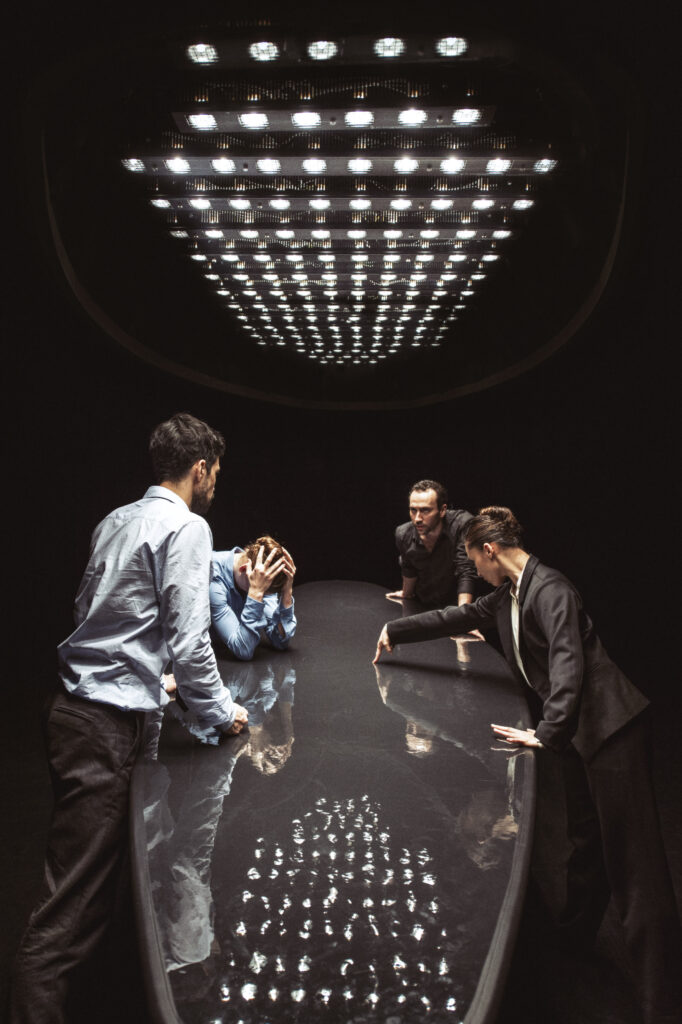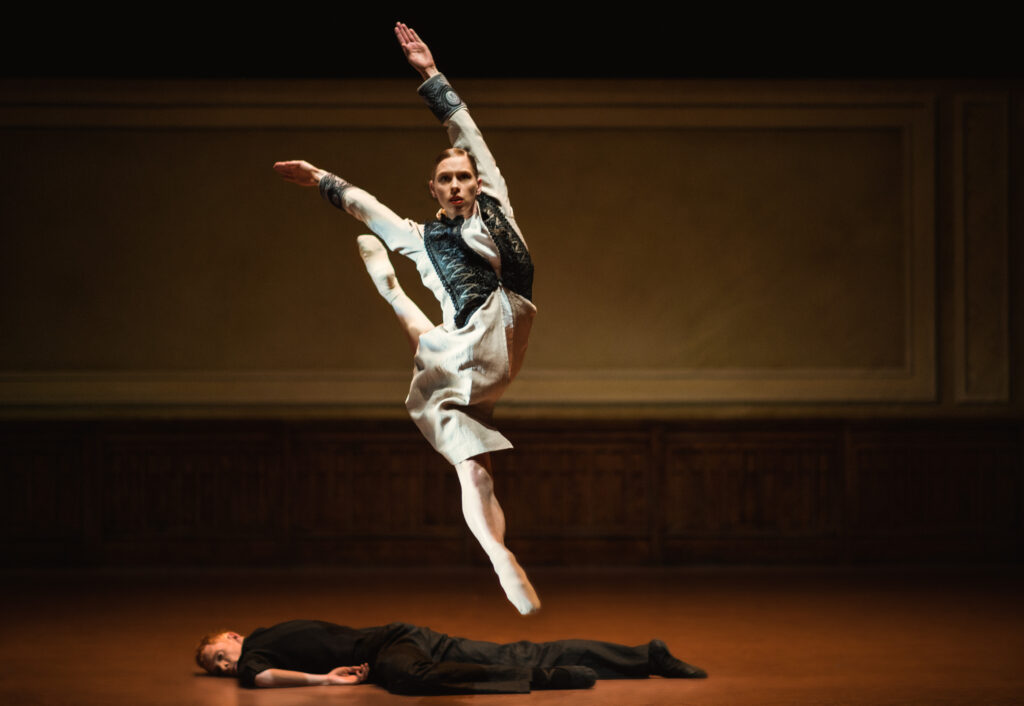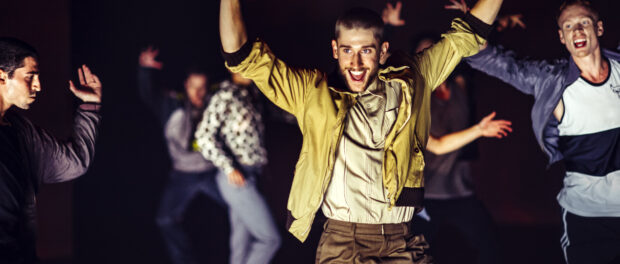Nederlands Dans Theater: Not to be missed (but thanks to COVID-19, you’ll miss it)
The Nederlands Dans Theater (NDT) is world renowned for the virtuosity and versatility of their dancers, as well as their collaborations with the most illustrious choreographers on the international modern dance scene. Any opportunity to see this company should not be missed, and this goes double for their current run in Montreal as part of the Danse Danse 2019-2020 season.
The current program includes pieces by three of the most important choreographers working today: Israeli Hofesh Shecter, Canadian Crystal Pite, and the creative duo Sol León (Spain) and Paul Lightfoot (England), both of whom have been working as Artistic Advisor and Artistic Director respectively for NDT for the last several years. The choreographers are radically different in style and approach: there is something for everyone on this program.
For me the highlight was unquestionably the first work, Shecter’s Vladimir. Featuring movement and gestures that we’ve seen in other works by him—bodies falling or being knocked over and pulled offstage, seemingly chaotic mass groupings of frenzied energy, references to popular dance—Vladimir as a whole is an expression of elemental passion, of life energy, of pain. In Shecter’s words: “When you put your heart on the table, be ready to have it crushed. It’s when life breaks in, a stream of pain, passion, sensation. . . we want to feel, we want to live, we want to push far into the suffering, the beauty, the vodka, the TV, the dance routines. Fuck poetry, only Vladimir can save us.”
Shecter also composed the music, which perhaps explains the extraordinary coherence of expression between the dance and the soundtrack. The opening is quite dark and static, projecting a sense of foreboding and fear. The movements are inhibited and pedestrian, portraying oppression and suffering. Scuffles and skirmishes feel violent. But as the piece progresses, the world of passion and feeling opens up. Strains of eastern European and South American music elicit more sensuous and dance-like moves. Dancers vocalize over the soundtrack. On occasion a soloist stands onstage, moving minimally but so expressively. But more and more often it’s the crowd that dominates, undulating and wild, moving en masse but messily, each individual doing their own thing while remaining part of the crowd.
The stage throughout is half-lit, giving the impression that we are striving to see what happens in the shadows, what goes on behind closed doors. It’s like watching a giant id, primal drives and emotions pouring out into the universe.
Pite’s work, The Statement, ascribes to a totally different aesthetic. Cold, contained, modern, and almost cartoon-like, the work features four characters around a boardroom table, discussing how to spin their involvement in a far-flung conflict and minimize their responsibility and accountability. Dressed in business attire, they act out the conversation that makes up the soundtrack. The movements project in an exaggerated way the power plays, intimidation, coercion, and pleading that make up the conversation among the four players. Part way through the work, the text turns into an electronic soundtrack and the underlying emotions are enacted in a new way. For example, during one segment, two of the characters—the ones who are supposed to provide the statement in order to exonerate the “people upstairs”—are crouched under the table, hiding, while the lights become strobe-like. This image abruptly alternates with the two other people, who have come from upstairs, standing on top of the table, discussing the situation. The effect is simultaneously surreal and utra-realistic.

The final work, Singulière Odyssée, by Sol Léon and Paul Lightfoot, with an original score by Max Richter, is stunningly beautiful, but the least interesting of the three. It is set in a train station modeled on Basel’s Central Station, and explores the predominance of travel, moving, and living in an everlasting state of flux. All the dancers pass through the station in various configurations, at various speeds, and in various relationships to each other, except for one, a man dressed in black, who never leaves the station. He seems to have a relationship with one of the other characters, who interacts with him repeatedly, but always leaves. Time, change, the passing seasons, the coming and going of people reveal the transience of life; even the solitary figure who doesn’t leave the station experiences constant change and loss as people come and go. Certainly a commentary on modern times.

All performances at Place des Arts have been suspended for the foreseeable future due to COVID-19.






